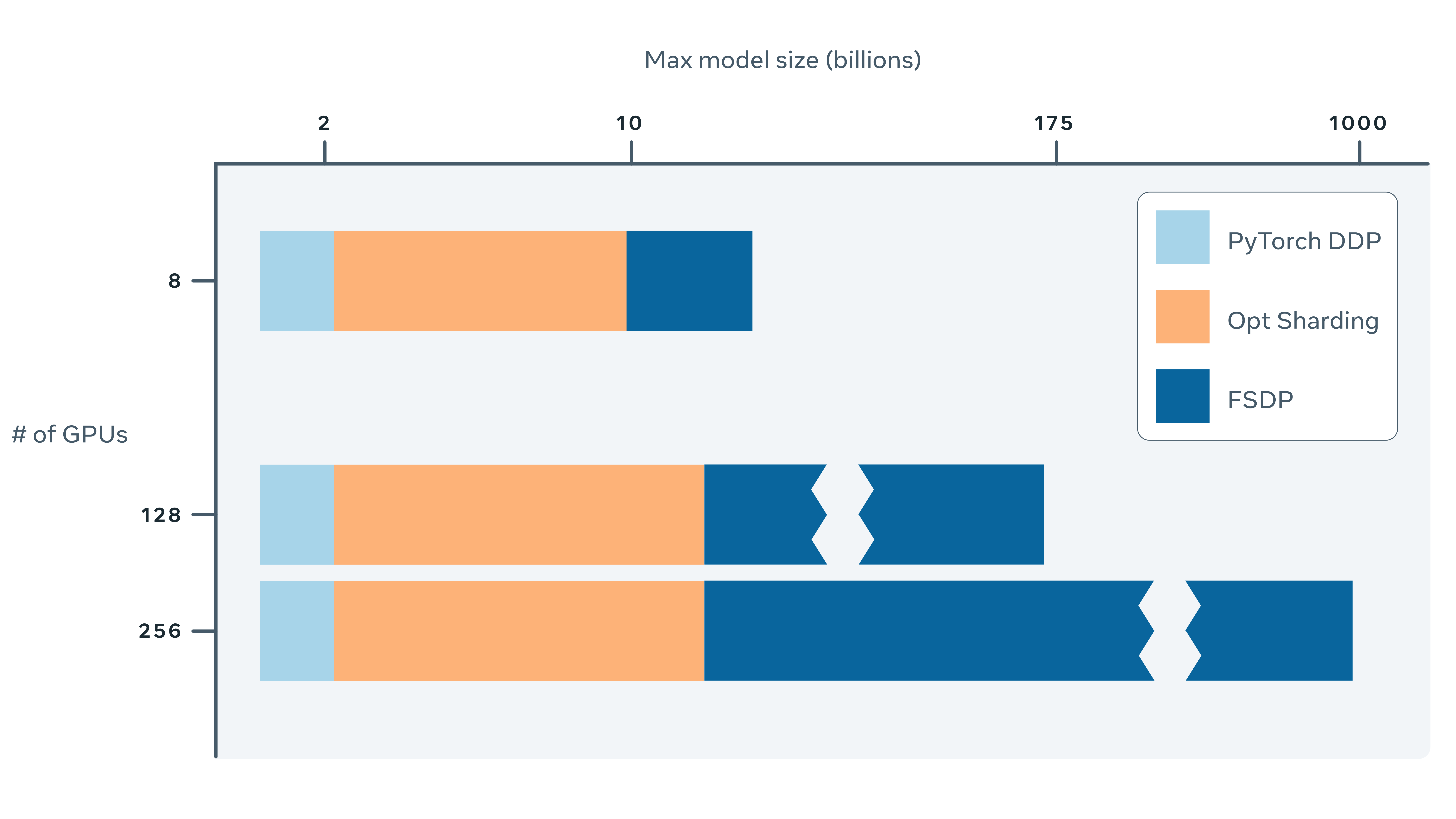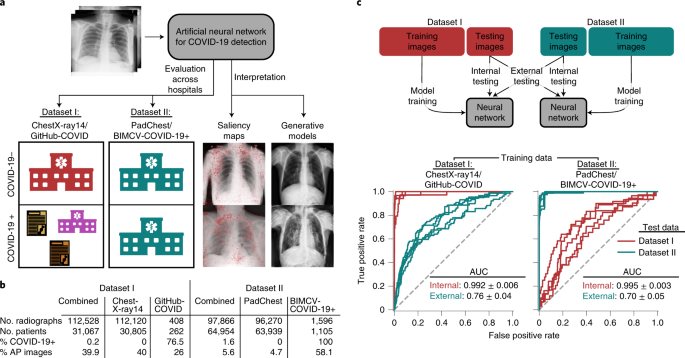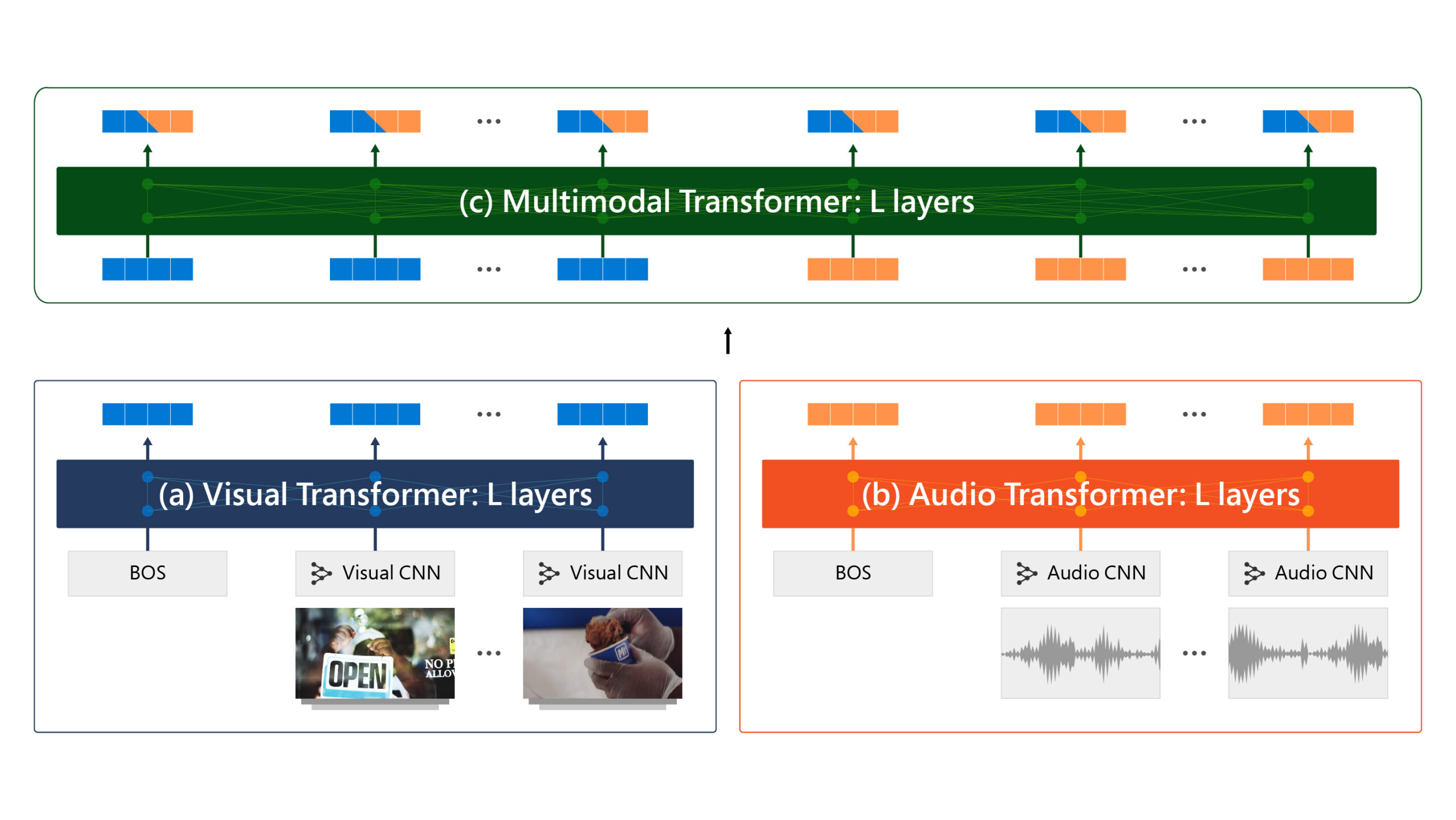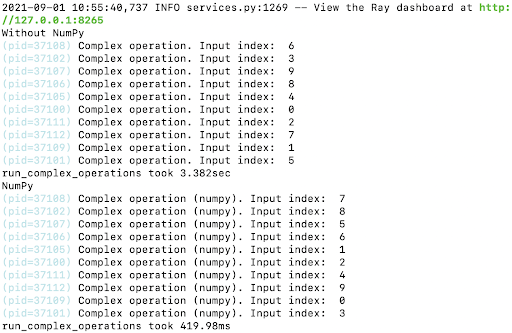
Fully Sharded Data Parallel: faster AI training with fewer GPUs
Training AI models at a large scale isn’t easy. Aside from the need for large amounts of computing power and resources, there is also considerable engineering complexity behind training very large models. At Facebook AI Research (FAIR) Engineering, we have been working on building tools and infrastructure to make training large AI models easier. Our recent work in areas such as intra-layer model parallelism , pipeline model parallelism , optimizer state+gradient sharding , and mixture of experts is just part of our work to make training advanced AI models for any number of tasks more efficient.
Fully Sharded Data Parallel (FSDP) is the newest tool we’re introducing. It shards an AI model’s parameters across data parallel workers and can optionally offload part of the training computation to the CPUs. As its name suggests, FSDP is a type of data-parallel training algorithm. Although the parameters are sharded to different GPUs, the computation for each microbatch of data is still local to each GPU worker. This conceptual simplicity makes FSDP easier to understand and more applicable to a wide range of usage scenarios (compared with intra-layer parallelism and pipeline parallelism). Compared with optimizer state+gradient sharding data parallel methods, FSDP shards parameters more uniformly and is capable of better performance via communication and computation overlapping during training.
With FSDP, it is now possible to more efficiently train models that are orders of magnitude larger using fewer GPUs. FSDP has been implemented in the FairScale library and allows engineers and developers to scale and optimize the training of their models with simple APIs. At Facebook, FSDP has already been integrated and tested for training some of our NLP and Vision models.





















